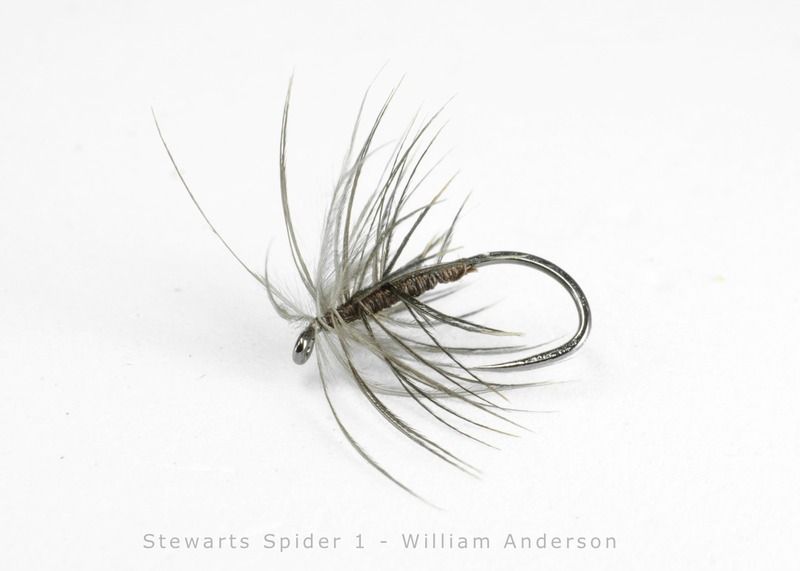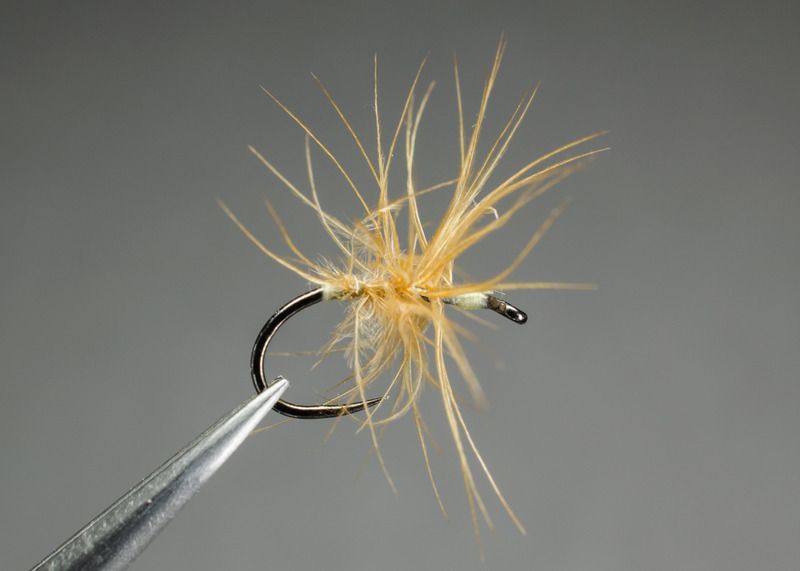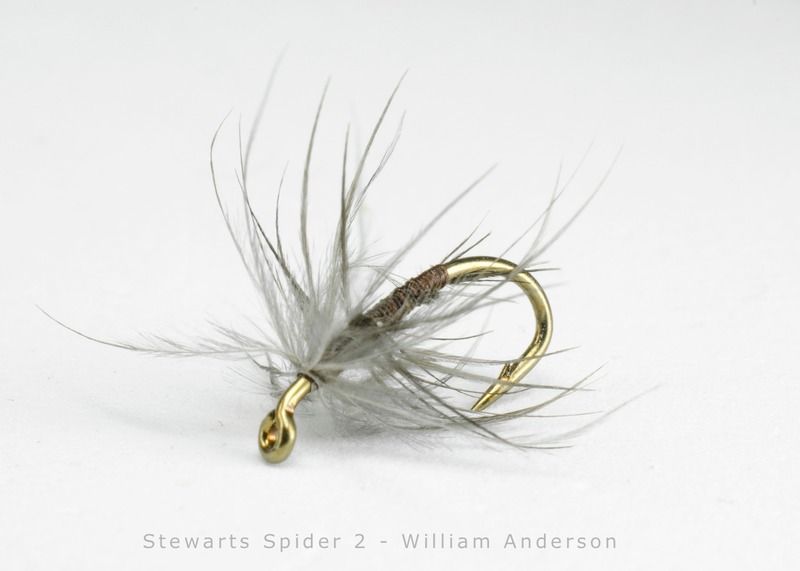Hans Weilenmann wrote:Interesting pattern, William.
The design made me think Stewart meets Catskills. Can you tell me a bit more of the design chosen?
Curious in Amstelveen,
Hans W
Hans, I'm not sure you're going to like this answer. I wish I could say there was a definite design intention and if you look carefully you'll notice how I achieved x by doing x. That would be satisfying. The truth is I have a few Stewart's spiders left over from a dozen different tying sessions where I felt compelled to create a row of these for a box. They are all a little different, probably based on which thread was on the bobbin and which hooks I found first. Not exactly inspiring fly design stuff. I like to tie these with brown Pearsall's silk for the black spiders, and when I do I like to twist the hackle with the thread in a traditional way. On this particular fly, and for this session I was tying the pattern toward the center of the hook shank, leaving a bit of space at the front. The fact that the fly is finished at the bend rather than the eye just highlights the fact that there is no head on this fly and it does have that stylized Catskill head as you noted. There's really no function to the design here, other than the desired result of a wildly active pattern, putting the priority on the action.
As Bill pointed out, by palmering such a fragile feather without reinforcement, it makes for a less durable fly. It does maximize the action of each fiber, but honestly, I've fished every variation and they all work. Maybe bringing the thread back up through the hackle and tying off at the eye would be a better design. If I were to suggest to someone a method for tying this pattern, I would certainly point out that for some tiers durability is higher on their list of criteria. No doubt in a few days I'll be pining for some time on the water and will tie a dozen spiders. If history is any indication I'll likely explore an alternate strategy.
They all work to the point that I rely on this pattern as much as a P&O or a tan flymph.
This one looks more like the others from previous sessions. Tied off at the bend but oriented toward the front of the hook rather than centered.

This pale version is one of my favorites. Tied off at the eye.




